Wondering how you can resolve the ‘system has run out of application memory’ error on your Mac?
Your Mac will show the ‘system has run out of application memory’ error when it’s low on RAM and storage space.
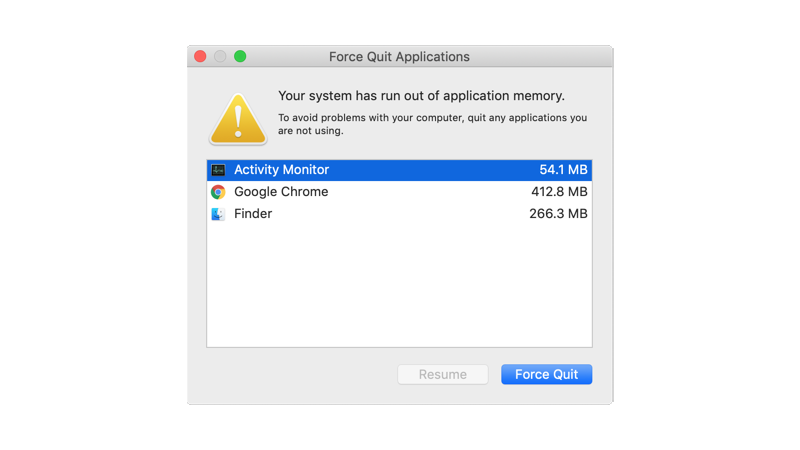
Excessive startup programs and bugs can also trigger this error message.
Luckily, this isn’t a new issue on macOS, and troubleshooting it should not take more than 30 minutes.
Today, we’ll show you various ways to address this error message on your Mac.
Let’s begin!
1. Restart Your Mac.
If your system is performing poorly or random error messages pop up, try giving it a simple restart. This should flush your system memory, eliminating corrupted data in the process.
Restarting your Mac should also reload your resources and close unnecessary background applications.
Here’s what you need to do:
- In the upper left corner of your screen, click on the Apple Menu.
- Now, choose Restart from the options box.
- When prompted, click on Restart to confirm your action.
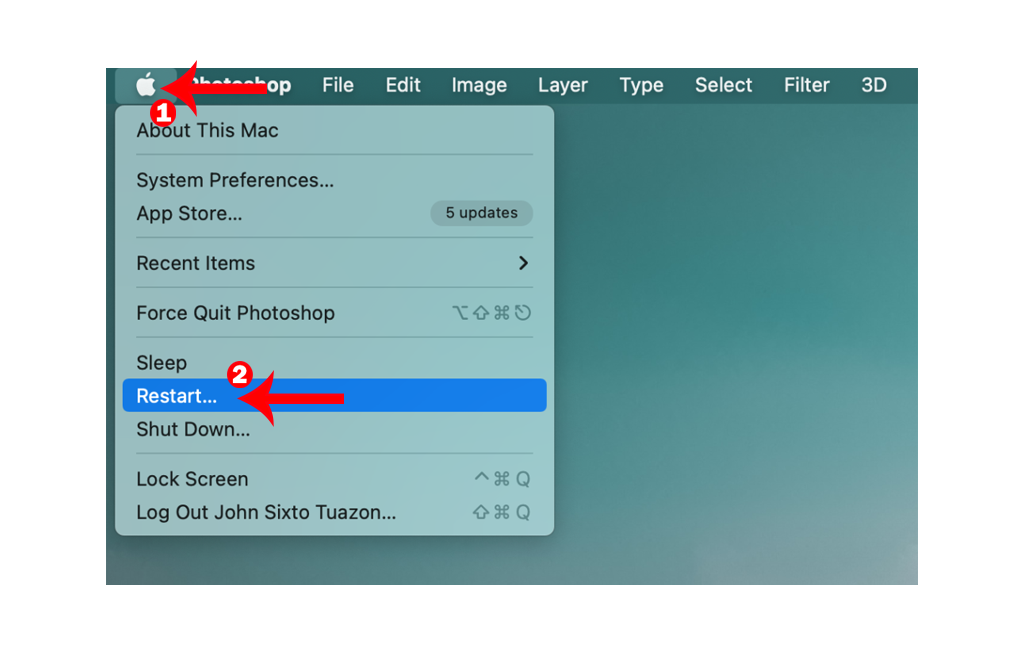
Once done, observe if you’ll still encounter the error message.
2. Close Unnecessary Applications.
Applications use RAM (Random Access Memory) when it’s running on your computer.
If you keep getting the ‘system has run out of application memory’ error, you probably have a lot of apps running in the background.
To avoid problems, don’t leave unused applications running. Follow the steps below to manage your apps:
- On your keyboard, press Command + Space to open Spotlight.
- Type Activity Monitor in the search box and hit Return to open it.
- Inside the Activity Monitor, click on Memory.
- Now, find the applications you don’t need and close them.
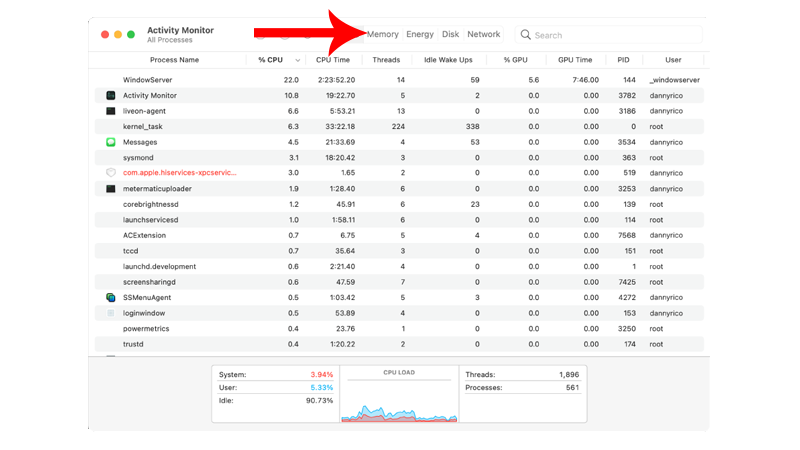
Continue with what you’re doing and see if the error message pops up.
3. Check Your Browser.
Web browsers consume a lot of memory. The more tabs you have open, the more RAM they will consume.
Using too many extensions, plugins, or themes can also cause your web browser to use excessive memory.
Due to this, we recommend doing the following:
- Disable or delete unused browser extensions.
- Check your tabs and close resource-heavy web pages.
- If you’re using a third-party browser, en that it’s updated.
- You can also restart your browser to flush its accumulated data from the memory.
Once done, use your Mac usually and observe if the ‘system has run out of application memory’ error would still occur.
4. Purge Inactive RAM.
Inactive RAM is free memory on your system that’s not yet released for use by macOS.
This occurs when you close an app and your system doesn’t immediately release the memory used by the closed app right away.
As a result, you end up with less RAM (Random Access Memory).
To free up inactive RAM, you can manually do it using the Terminal. See the steps below to guide you through the process:
- Press Command + Space on your keyboard to open Spotlight.
- Look for Terminal and hit Return to open it.
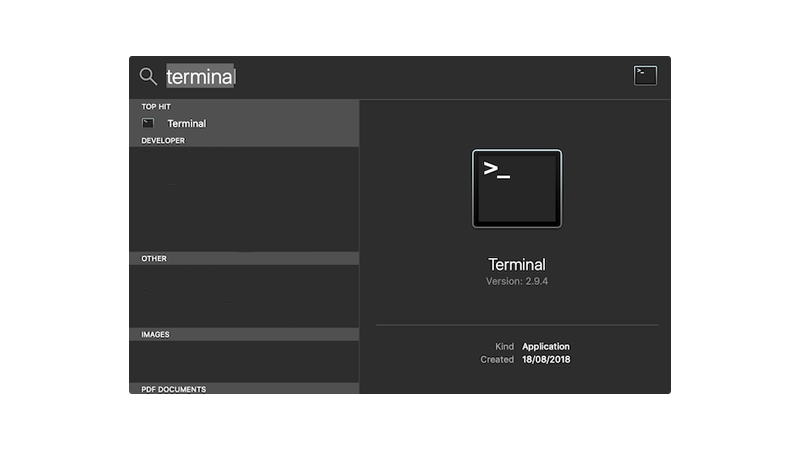
- Inside, type ‘sudo purge’ and hit Return to execute it.
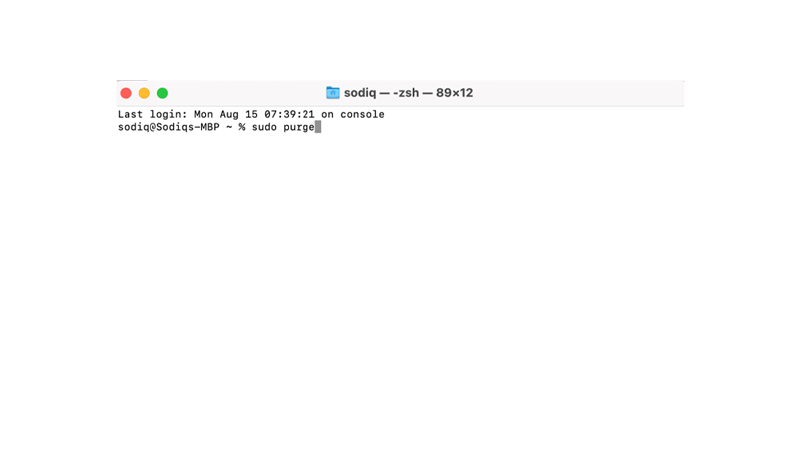
- When prompted, enter your Mac’s password and hit Return.
Close the Terminal and check if purging inactive RAM cleared the error message.
5. Limit Finder Memory Usage.
Finder is among the few apps that you can’t completely close on macOS.
Due to this, you’d want this tool to consume as little memory as possible on your computer without negatively affecting its performance.
Follow the steps below to limit Finder’s memory usage on your system:
- Open Finder on your Mac.
- On the menu bar, click on Finder and select Preferences.
- Next, go to General.
- Under the ‘New Finder windows show’ option, select other folders besides Recents.
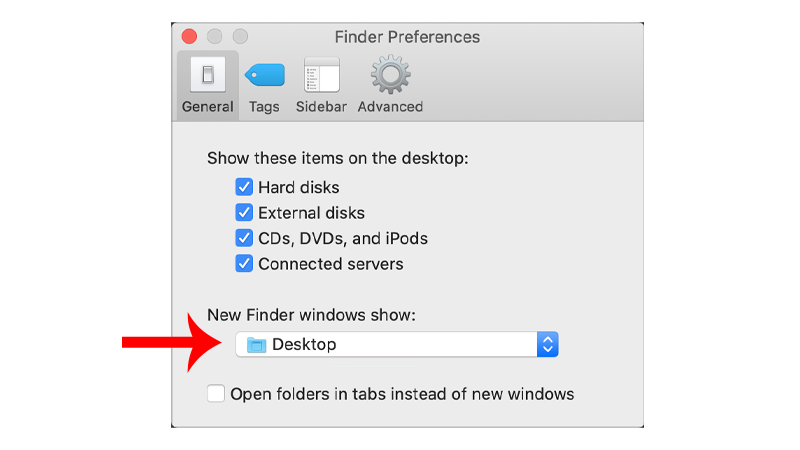
Use your Mac normally and see if your system will still run out of memory.
6. Limit Startup Programs.
Startup programs or login items are applications that run automatically on your Mac when it boots.
Having too many login items can immediately deplete your system resources, leaving only a small amount of memory for your other applications.
To avoid issues, limit startup programs on your Mac.
Here’s what you need to do:
- Click on the Apple icon in the upper left corner of your screen.
- Now, open System Settings.
- On the side menu, click on General.
- Access the Login Items tab.
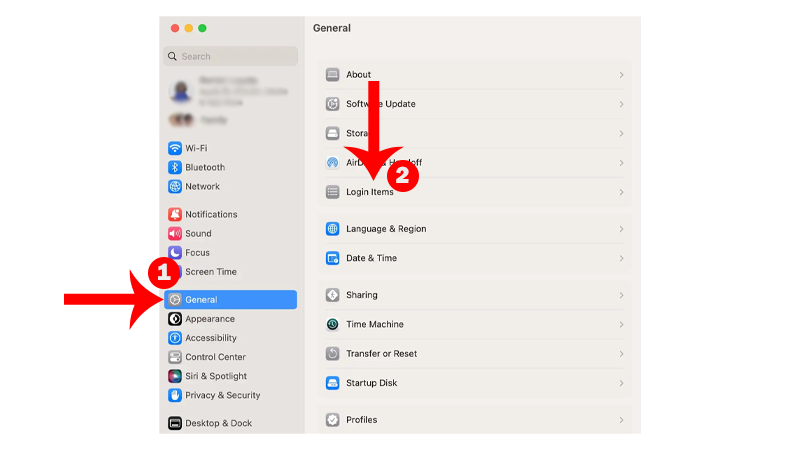
- Under the Open At Login section, identify the apps you don’t need.
- Select an app and click the ‘-’ button to remove it.
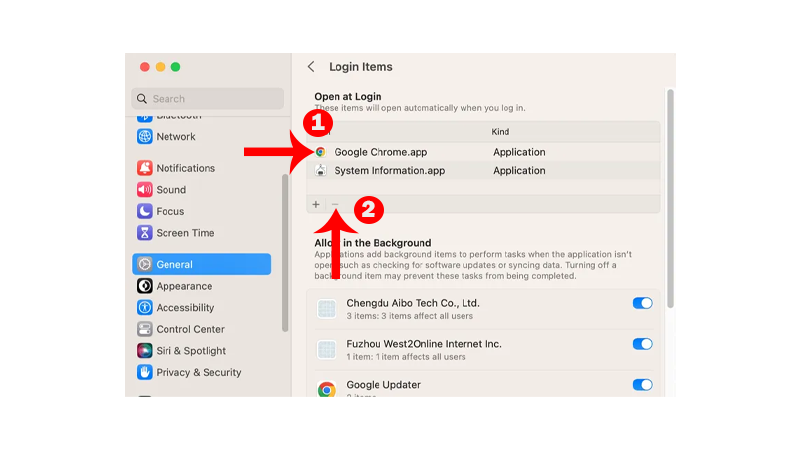
- Repeat the process until you’ve removed all unnecessary startup items on your Mac.
Restart your Mac afterward and check if the problem is solved.
7. Update Your Mac.
There might be a problem with the macOS version you’re using that is related to system memory management.
To resolve this, check for available updates for your Mac and install them to patch errors.
See the steps below to update your Mac:
- First, open the Apple Menu in the upper left corner of your screen.
- Go to System Settings.
- Navigate to General > Software Update.
- If a new version is available, click on Update Now or Upgrade Now.
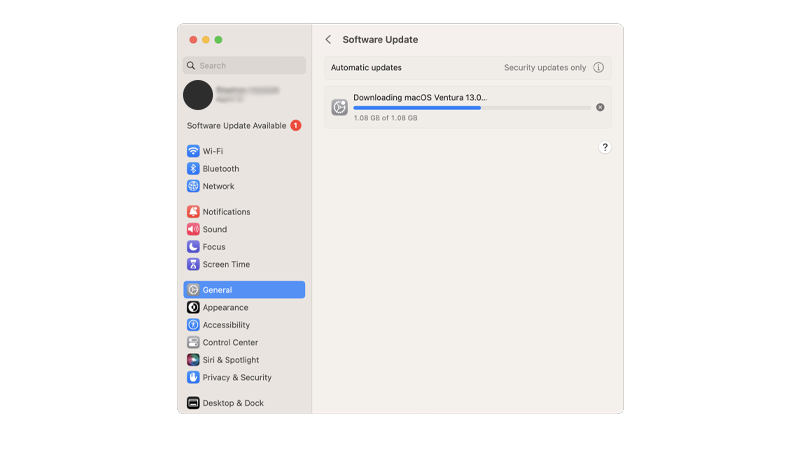
Note
- Your Mac can restart several times while installing the update.
- The update progress bar might also appear to be stuck. When this happens, don’t do anything. Software updates can take several minutes to complete.
Observe if you’ll still encounter the ‘system has run out of application memory’ error on your Mac.
8. Contact Apple Support.
If the issue persists, we suggest that you leave the matter to the experts. Visit Apple’s support page and see if you can find potential solutions to your problem.

On the other hand, you can reach out to their team through phone or chat to ask for assistance.
When asking for help, make sure to include these information to speed up the process:
- The exact year and model of your Mac.
- System specifications of your Mac (RAM, Storage, chipset, etc..)
- Screenshot of the error.
That ends our guide on how to fix the ‘system has run out of application memory’ error on Mac.
If you have questions or other concerns, please let us know in the comment section, and we’ll do our best to answer them.





